How to look fashionable without harming the planet
Published on 30 September 2020
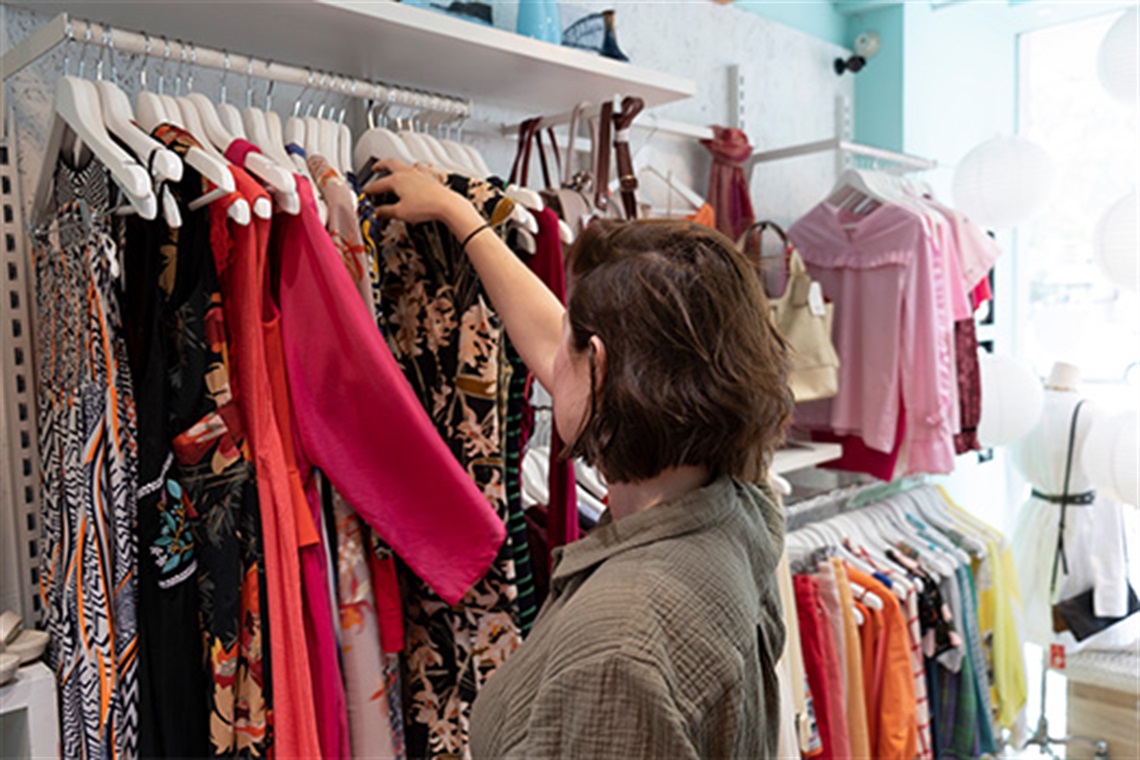
On average, Australians buy 27 kilograms of new clothes each year. Sadly, 85% of it ends up in landfill – on top of the tonnes of carbon emissions created during the manufacture and supply processes.
Woollahra is widely recognised as one of Sydney’s most stylish locations; but what impact is our fashion having on the planet?
A growing number of eco-friendly fashion businesses are popping up in our local area. We spoke to a few to get their tips on how we can still look stylish and on trend while being mindful of how our fashion choices impact the environment.
Buy smart, buy less
The number one way we can reduce fashion’s impact on the environment is to simply buy less. This doesn’t mean you need to go without, just make smarter choices, including:
- Investing in better quality pieces which are built to last longer than one season.
- Building a capsule wardrobe, with a smaller collection of useful, diverse items.
- Doing a stocktake of your current wardrobe to identify what you really need to supplement what you already own.
- Researching before you go shopping and shop with a look or items in mind.
Victoria Barber, owner of Paddington pre-loved fashion boutique Di Nuovo, suggests using Pinterest and Instagram as inspiration.
“Once you have a look in mind it is easier to supplement pieces found in vintage or consignment stores rather than buy new,” Victoria says.
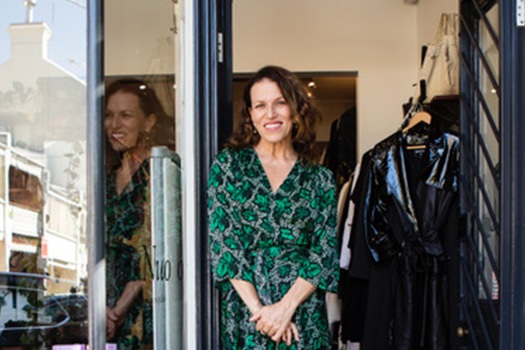
Victoria Barber, owner of pre-loved clothing store Di Nuovo in Paddington
Shop second hand
You can keep your look fresh without buying anything ‘new’.
Pre-loved fashion is a great option, and we are spoilt for choice with countless online platforms and a number of high-end second hand retail stores in our local area.
Lisa Caldwell, owner of luxury resale platform, Pre-Loved Closet – based in Bellevue Hill – recommends slowing down, researching and choosing wisely.
“Prior to purchasing something new I think if consumers could get in a behavioural pattern of searching for the item they are after second hand, they would be pleasantly surprised at how often the item would be available and also at an increasingly lower price and without compromising on the quality,” Lisa says.
Next time you’re in the mood for a retail fix, visit one of these fantastic pre-loved fashion stores in our local area:
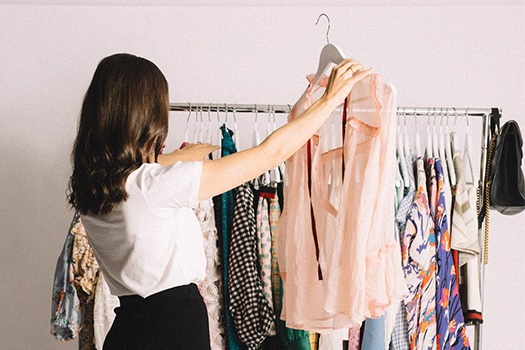
Lisa Caldwell, Pre-Loved Closet
Rent
Next time you have a special event to attend, why not rent your outfit instead of buying something new? You’ll save money, be kinder to the planet and free up space in your wardrobe.
Emily Kate Symes, owner of Paddington pre-loved fashion and rental business EKOLUV, says her aim is to change people's perception that luxury has to mean ‘new’.
“Renting, or purchasing second hand, rather than buying new is the one of the most sustainable ways to shop. You're saving all the water, electricity and emissions used to manufacture a new piece of clothing,” Emily says.
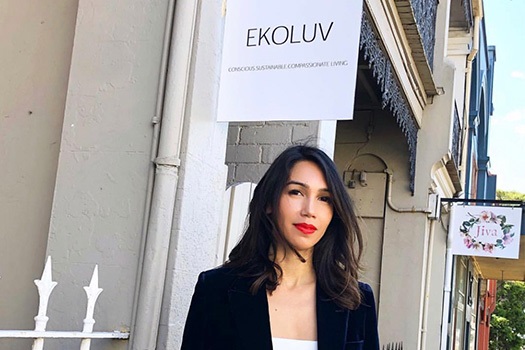
Emily Kate Symes from EKOLUV in Paddington
Repair
Mending clothes is somewhat of a lost art form these days, but it's the best way to prolong the life of your clothes. You could take a short course and learn how to mend your clothes yourself. Failing that, take clothes to a local tailor for repair.
If you’d like to upskill in this department, The Garage Sale Trail are running a free online event called Fashion First Aid: Fight Rips and Stains on Saturday 24 October.
Upcycle
Get creative and recreate or reinvent fashion you already have into something new. This could mean styling your clothes in different ways, or getting out the sewing machine to transform your item into something new.
Buy from ethical brands
When you do have to buy something new, vote with your wallet and choose to purchase from brands with good environmental policies. Good on You has a searchable brand directory which allows you to look up the environmental credentials of your favourite fashion labels. They also have an app, which is handy for research while on the fly.
Some other things to consider when buying something new:
- Where was it made? Choose locally manufactured items for a lower carbon footprint.
- What is it made from? Look for recycled fibres.
- Is the item made to last?
- Will I actually wear it?
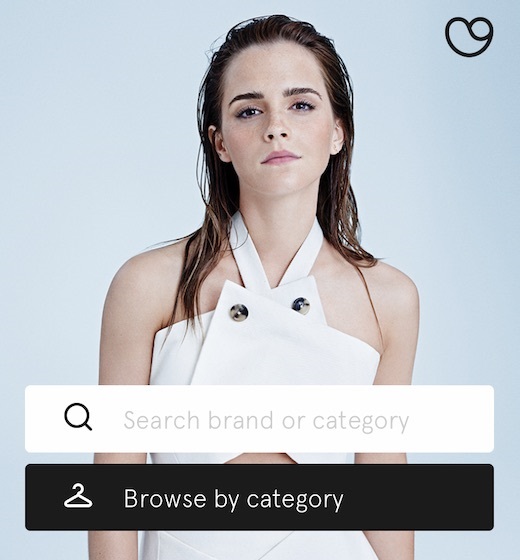
The Good On You app
Recycle mindfully
Next time you do a wardrobe cull, keep your unwanted items out of landfill by finding a new home for them instead. One person’s trash is often another’s treasure!
If your items are in good condition:
- Sell them online or via a consignment store.
- Get together with some friends and book a market stall to sell your clothes. The Glebe and Kirribilli markets are well known pre-loved fashion destinations.
- Donate them to a charity like Dress for Success, the Red Cross Shop (Paddington and Bondi Junction stores), or any other charity with collection bins. Just remember to only donate pre-loved clothes if the condition of the item is good enough that you would give it to a friend.
If your item isn’t in good enough condition to pass on, then H&M, Zara and Uniqlo have textile recycling bins in store where you can deposit unwanted clothing which is then sent for recycling offshore.

Sell your pre-loved clothes at a local market. Image courtesy Garage Sale Trail.